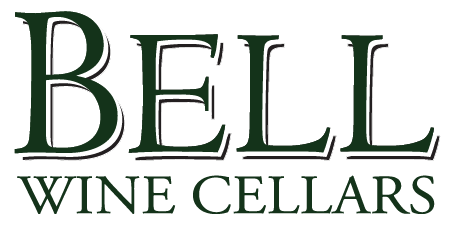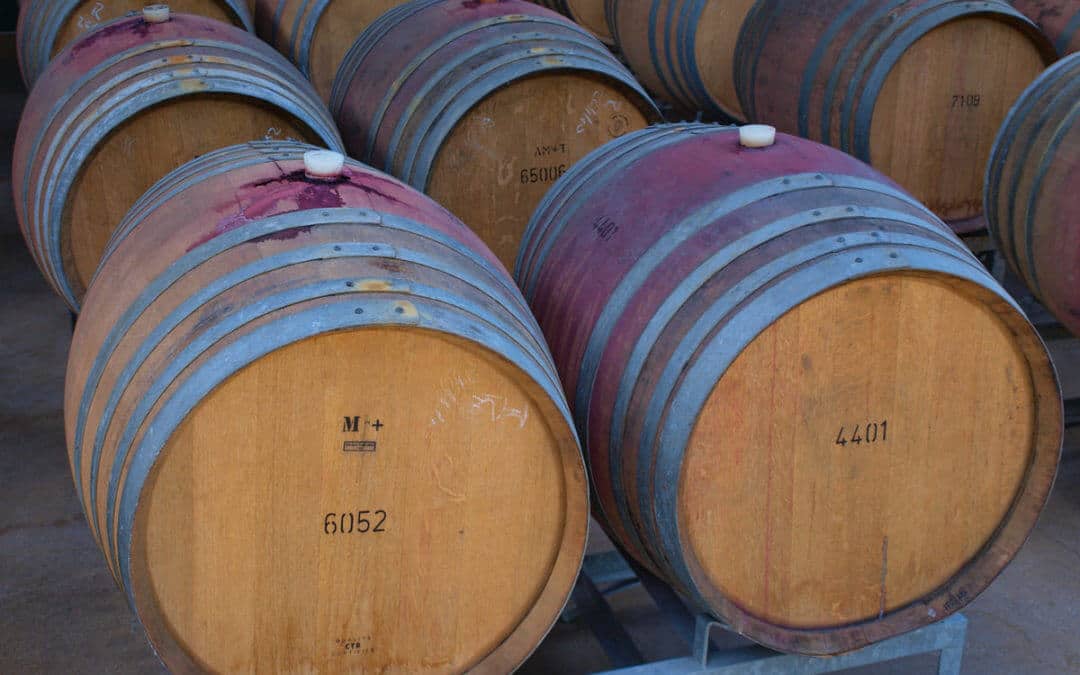Work never ends in the vineyards and wineries of Napa Valley. While vineyard managers have been actively preparing their hibernating vines for the coming year following extensive pruning and checking soil health, the wineries of Napa Valley are in full gear, sculpting the recent harvests into delicious world-class wines. With spring approaching, Bell Wine Cellars’ winemaking team is hard at work finalizing six delicious wine blends for our winter bottling run, and starting the last stretch of aging for the 2019 red wines that will bottle later this summer. These blends have just been assembled in stainless steel tanks, ready to be lightly filtered to remove natural sediment, and the whites stabilized so they don’t precipitate any tartrate crystals, which are completely natural and harmless, but may show up if a bottle is put in a refrigerator for more than a week or two. It’s more of an aesthetic endeavor than a necessity, but helps avoid confusion if anyone notices little crystals in their bottle. Winter tends to be when we blend and bottle white wines, rosés, and lighter reds (such as Pinot noir, Syrah, etc.). While Bell specializes in small lot, clonal expressions of Napa Valley Cabernet Sauvignon, we also create wines from all four other Bordeaux varieties (Merlot, Cabernet Franc, Malbec and Petit Verdot), as well as Syrah, Chardonnay, Sauvignon blanc, and a rosé based on Grenache and Syrah.
Throughout the winter, our 2020 wines finished malolactic fermentation and embarked on the 20-month journey of oak barrel aging, to create the complex flavors that we all enjoy and gain the weight, mouthfeel and length that only comes with time and the support of carefully-chosen barrels. The 2019 red wines, likewise, will be finishing the journey over the next few months, and our winemaker will be tasting through them extensively to determine which final blends they will go into. Some early blending may be done on several components of the Napa Valley Cabernet Sauvignon and Sierra Foothills Syrah, but most of the wine lots will remain separate for most of their lives in barrel, only to be blended in tank prior to bottling. This will ensure that only the best of wine lots will make it into the top wines, since every year is different, and each vintage may have some surprise superstars, even though experience shows us which vineyards have the pedigree to achieve greatness year after year. It’s always nice to be surprised, though! We will have a new single-vineyard Cabernet coming out of Coombsville in southeast Napa with the 2019 vintage, which normally fits comfortably into our Napa Cabernet or the Reserve Cabernet. However, this year it over performed, and would be a shame not to catch at least a little of it on its own. I know that Kelly Hendrickson, our small grower of this wonderful fruit, will be thrilled to see her fruit getting its own bottle for the first time!
Testing the Cork before Bottling
Most wine lovers pay only fleeting attention to the cork that seals the wine within the bottle. However, today’s winemakers view their cork stopper material with a very critical eye (and nose), since “cork taint” occasionally occurs, and can cause otherwise excellent wines to be muted, and take on a musty, moldy, wet cardboard aroma (and even flavor). Although synthetic materials and screw caps are becoming more common, many wine consumers still overwhelmingly prefer natural cork, which at its best, is still a wonderful substance for preserving quality wine. In order to reduce the instance of cork spoilage, our winemaker conducts sensory trials on every bale (1,000 cork) that he accepts for production and printing the Bell logo on. It’s not a perfect science, but certainly brings down the risk of what might have been 5% spoilage or more in previous days, down to 1 – 2% or less.
Like any natural product, cork can demonstrate variability in its structure and attributes, ranging from completely neutral (which is ideal), to lending a little bit of corkiness or vegetal nuance, or even cork taint in the worst instances (called TCA, trichloroanisole). Sourced from the cork oak tree’s outer bark, the cork’s cell construction allows for significant compression, light oxygen permeability, and buoyancy. The natural occurrence of cork taint can originate where the cork might be exposed to moisture and mold, or more frequently in the tree bark itself. It can also be absorbed and magnified in any wet wooden or cardboard surfaces, like wooden pallets and wine cartons. We do our best to be diligent about isolating any possible sources of TCA/cork taint, and prevent any spread of cork taint during the aging and bottling process. Cork producers have also implemented a lot of modern equipment to catch any traces of TCA in the natural material before making them into the cork we use.
As mentioned, even the most advance equipment and careful processes cannot catch everything, so we employ the sensory step as a last line of defense in our attempt to eliminate cork taint. This is conducted by removal of 15 – 20 cork from each 1,000 cork bale, and submersing them for 12 – 24 hours in a neutral white wine, allowing enough time for the wine to extract any traces of TCA from the cork from all sides. Our winemaker then visits the cork producer, and conducts sensory testing of roughly 200 – 300 individual glasses (each with its own cork). He typically chooses the cleanest, purest groups of cork for continuing the process. These “accepted” bales of cork may even go through additional chemical analysis to verify even further that the likelihood of something sneaking through is reduced.
Along with Bell Wine Cellars’ philosophy of minimal intervention and careful handling, selecting cork is one more detailed step in producing our extraordinary Napa Valley Cabernet Sauvignon and all our other varieties and blends. With all the care that goes into producing these wines, from grape to bottle, it makes all the best sense to protect them as they go into bottle as well!
Visit Bell Wine Cellars
Based in Yountville in the heart of the Napa Valley Wine Country, Bell Wine Cellars couples modern winemaking skills with their high respect for the history and heritage of Napa Valley. Their process focuses on minimal intervention and sustainability in their operations by producing hand-crafted wines from small lot vineyards.
A wine-tasting visit to Bell Wine Cellar offers a unique, safe, and relaxing experience as you sip the wines and enjoy the panoramic view of Napa Valley.
To make reservations for your visit and wine tasting, contact Bell Wine Cellars at 6200 Washington Street in Yountville at +1.707.944.1673.

